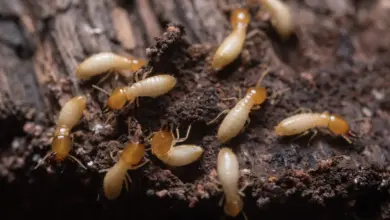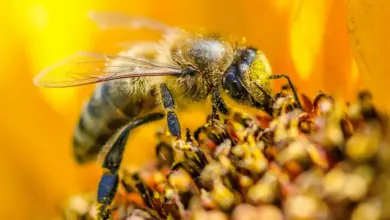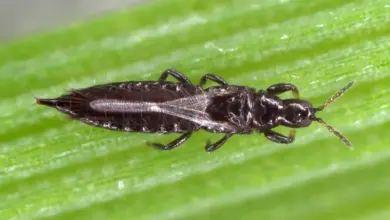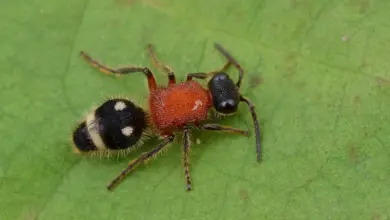Where Do Antlions Live
Where Do Antlions Live: Uncovering the Mysterious Habitat of These Intriguing Insects
Antlions are fascinating creatures that have captured the imagination of many nature enthusiasts. You might be curious about where these unique insects make their homes. Well, you’re in luck! In this article, we’ll explore the diverse habitats of antlions around the world.
Antlions can be found across the globe, particularly in warm and arid regions. They’re most commonly discovered living in soft, dry soil or sandy areas, creating little pits to trap their prey. For example, you might find them near riverbanks, along sandy coastlines, or even in your own backyard if you live in a suitable environment.
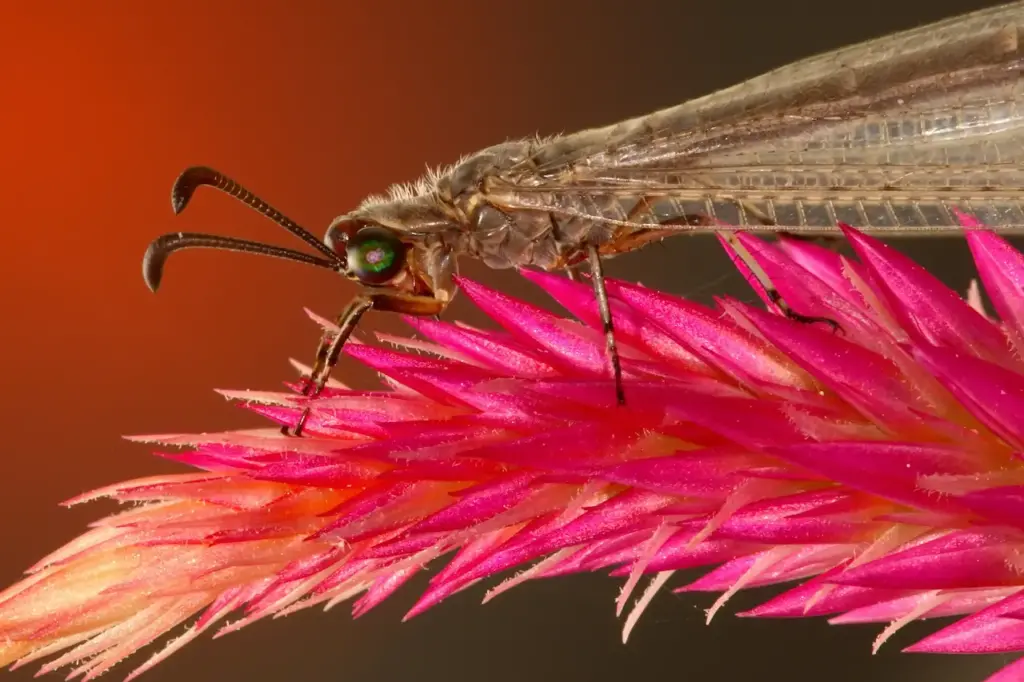
These insects are quite adaptable, making their homes in different environments as long as certain conditions are met. One key factor is the presence of loose soil or sand, allowing them to create their signature traps with ease. So, wherever you live, keep an eye out for these intriguing creatures and their unique hunting methods!
Overview of Antlions
Antlions are fascinating insects that belong to the family Myrmeleontidae and the order Neuroptera. These arthropods, closely related to Ascalaphidae, are unique organisms within the Myrmeleontoidea superfamily. Their life cycle consists of two major stages: larvae and adult.
Larvae: The term “antlion” usually refers to the larval stage of these insects. They are known for their unique method of capturing prey, primarily ants and other small insects. The antlion larvae dig small pits in sandy or loose soil, where they wait for their prey to fall in. Once their prey is trapped, the antlion larvae use their powerful jaws to snatch and consume their meal.
Adults: In contrast to their larvae, adult antlions resemble fragile, drab damselflies. They have elongated bodies, four intricately veined wings mottled with browns and black, and clubbed or curved antennae about as long as the combined head and thorax. Adult antlions primarily feed on nectar and pollen from flowers, and are also known to eat insects occasionally.
Here are some key characteristics of antlions:
- Predatory insects that primarily feed on ants
- Belong to the family Myrmeleontidae
- Lifespan consists of larval and adult stages
Antlions can be found in various habitats, such as sandy or loose soil areas, near riverbanks, and under stones or logs. These creatures are a fascinating part of the animal kingdom, showcasing one of the many diverse and intriguing species of insects.
Habitats of Antlions
Sandy Soils
Antlions thrive in sandy soils, as these environments provide the perfect conditions for their unique feeding habits. They create funnel-shaped pits in loose, sandy soils to trap their prey. As an antlion larva, they are proficient diggers and can quickly create these pits with the help of their large, pointed jaws.
Sandy habitats are not only beneficial for their pit construction but also provide camouflage for their dirt-colored bodies. These ecosystems are home to a wide variety of potential prey, such as ants, making it a critical element for their survival.
Geographical Distribution
Antlions can be found in sandy habitats across the globe, including North America, Europe, and Australia. For example, the Euroleon nostras species is found mainly in Europe, while in Queensland, Australia, different species of antlions are thriving in ancient sand dunes.
In North America, antlions are more common in the southern regions where sandy ecosystems are prevalent. Regardless of their geographical location, antlions adapt well to their sandy surroundings, making them an intricate part of their respective ecosystems.
Distinctive Features
Structural Attributes
Antlions are fascinating invertebrates with unique structural attributes. Adult antlions look like fragile, drab damselflies with an elongated body and four intricately veined wings1. These wings are mottled with browns and black, and their size varies, with some species having wingspans similar to butterflies2. One of the remarkable features of adult antlions is their clubbed or curved antennae, which can be as long as the combined head and thorax1. In comparison, lacewings – their close relatives – have long, thin antennae^[2^].
Here is a simple comparison table of some antlion features and their counterparts in related species:
| Feature | Antlion | Lacewing |
|---|---|---|
| Antennae | Clubbed or curved | Long and thin |
| Wings | Brown and black mottling | Clear and membranous |
Antlion larvae have a distinct appearance as well1. Their body is oval, plump, and flattened, with a segmented abdomen, and six legs1. Bristles and dirt-colored patterns often cover their soft exoskeleton1.
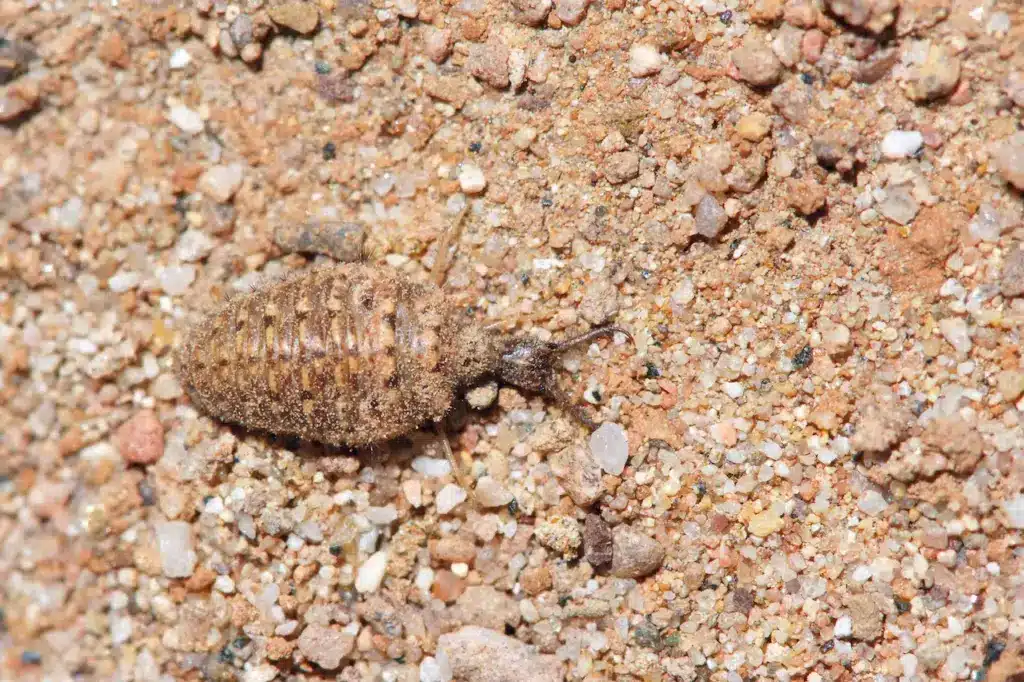
Stage-Specific Features
In the antlion life cycle, there are distinct features for each stage: larva, pupa, and adult2. Larvae have sickle-like jaws used for catching and consuming prey2. They construct cone-shaped pits to trap ants and other insects3. You might find these pits in sandy soil under eaves or overhangs3.
When antlion larvae are ready to transform into adult insects, they form a pupa and undergo metamorphosis2. The adult antlions emerge with net-veined wings and a more elongated body1. They no longer need the mandibles present in the larval stages, as their primary role as adults is to mate and lay eggs2.
In summary, antlions have:
- Clubbed or curved antennae
- Mottled wings
- Stage-specific features (sickle-shaped jaws in larvae, net-veined wings in adults)
- Unique hunting techniques in larval stages
So, now that you know more about antlions’ distinctive features, you can better appreciate these fascinating invertebrates.
Hunting and Feeding Habits
Prey and Predators
Antlion larvae, also known as doodlebugs, are predatory creatures that mainly feed on small insects such as spiders and mites. As ambush predators, they use their funnel-shaped pits to trap their prey.
The adult antlions, also called owlflies, feed on smaller insects as well but usually do not fall prey to other predators due to their ability to fly and escape.
Hunting Techniques
Pit Construction
The antlion larvae are famous for their unique pit construction techniques. These funnel-shaped or cone-shaped pits are formed by the larvae in the sand or loose soil. You may find a cluster of pits built by different larvae close to each other. The pit serves as a trap for their prey.
To construct a pit, the larvae use their bodies to create the shape and size they desire. They do this by:
- Moving backward in a spiral pattern
- Flicking the sand or soil with their head
Example: A small spider or mite walks near the edge of the pit and falls into it due to the slippery slope. The antlion larvae grab the trapped prey using their strong jaws and consume the prey.
A comparison table of antlion larvae and adults hunting techniques:
| Antlion Stage | Hunting Technique |
|---|---|
| Larvae | Pit construction |
| Adult | Aerial capture |
These unique hunting and feeding habits showcase the fascinating world of antlions, from their predatory nature to their impressive pit construction skills. So, the next time you spot a funnel-shaped pit in the sand or soil, you’ll know that an antlion larvae is waiting patiently to catch its next meal.
Reproduction and Life Cycle
Mating and Reproduction
When it comes to antlions, their reproductive behavior is quite fascinating. Adult antlions initially engage in a mating dance where the male latches onto the female’s wings. Once successfully attached, they mate in mid-air or land to continue mating.
After mating, female antlions lay their eggs individually on the surface of soil or in small crevices. You might see these eggs being super tiny, oval, and soft, not much different from a period at the end of a sentence.
Metamorphosis and Lifespan
Antlions experience complete metamorphosis, which means they pass through four major stages during their life cycle: egg, larva, pupa, and adult.
- Egg: As mentioned before, antlions start as tiny, oval eggs laid by the female on the soil surface.
- Larva: Once hatched, antlion larvae are quite different from their adult counterparts. They are plump, dirt-colored, and have bristle-covered bodies. They create funnel-shaped traps in the soil to catch their prey, mainly ants.
- Pupa: After the larval stage, antlions form a cocoon in the soil where they undergo the process of pupation. This stage can last from one to several months, depending on the species and environmental conditions.
- Adult: After emerging from the pupa, adult antlions resemble a more delicate and drab version of damselflies, with long bodies, four thin, veined wings, and long antennae.
Antlion lifespan varies greatly, with larvae living for months up to a few years, while adult antlions usually survive for only a few short weeks. These adults primarily focus on mating and laying eggs to ensure the survival of their species.
During their intriguing life cycle, antlions showcase impressive adaptability and resilience, playing a fascinating role in their ecosystem.
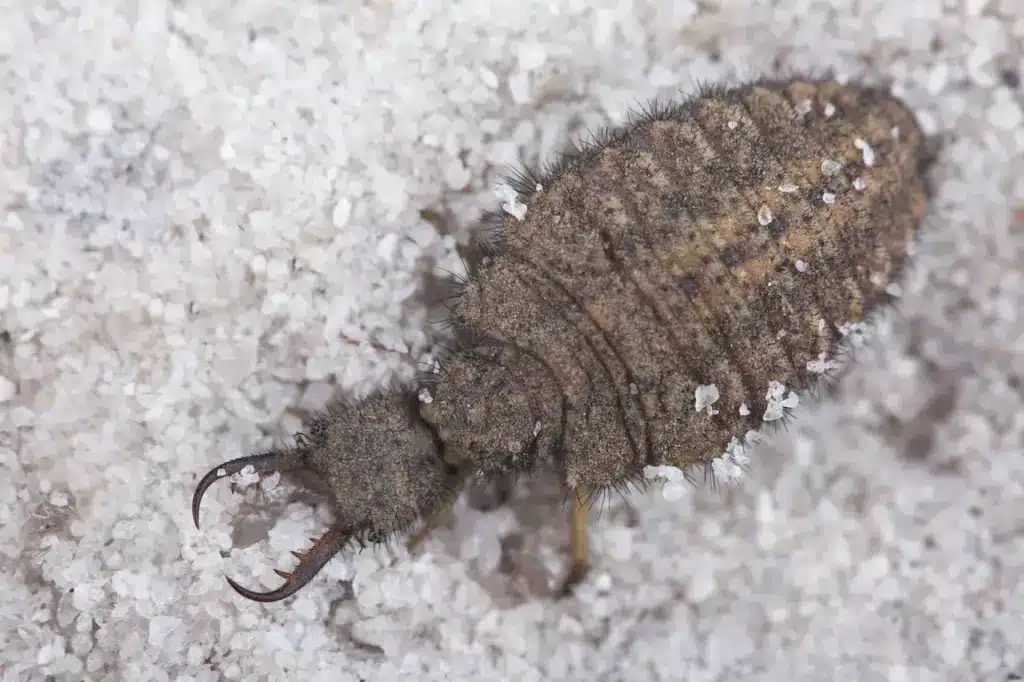
Human Interaction with Antlions
Observing Antlions
Antlions can be fascinating creatures to observe, especially in their natural habitats such as parks and wooded areas. In these environments, you can find antlions among plants, debris, and leaf litter, where they create their unique pits to trap prey.
To observe antlions in the wild, it’s essential to be careful and respectful of their habitats. Avoid capturing or taking antlions out of their natural environment, as this can harm their populations and disrupt ecosystems.
When observing antlions, be sure to:
- Look for funnel-shaped pits in loose soil, sand, or leaf litter.
- Pay attention to small movements near the pit edges, as this may indicate the antlion’s presence.
- Keep a safe distance to avoid disturbing the antlions and their hunting process.
If you come across an antlion in the process of capturing prey, you might witness a fascinating display of natural predator-prey interactions. After catching its meal, the antlion often discards the body, leaving the remains visible near the pit.
Remember to be respectful and appreciative of these intriguing creatures as you observe their remarkable behaviors in their natural habitats.
Antlion Taxonomy and Classification
Antlions, also known by their scientific name Myrmeleon sp., are fascinating insects belonging to the Neuroptera order. This order includes other insects like lacewings and owlflies. Let’s dive into their taxonomy and classification in this section.
In the taxonomic ranking, antlions are part of:
- Kingdom: Animalia
- Phylum: Arthropoda
- Class: Insecta
- Order: Neuroptera
- Family: Myrmeleontidae
- Genus: Myrmeleon
One species within the Myrmeleon genus is the Myrmeleon formicarius, known for its distinct larval pitfall traps.
The adult antlion has an elongated body and is similar in appearance to a damselfly. It possesses four intricately veined wings mottled with brown and black colors, along with clubbed or curved antennae, giving it a distinct appearance.
When it comes to their biology, antlions have some remarkable features:
- They undergo complete metamorphosis, transitioning from larva to pupa, then to adult.
- Adult antlions are nocturnal and are often observed near lights at night.
- They primarily feed on small insects.
- The larval stage is predatory, feeding on ants and other small insects in their pitfall traps.
Now regarding their zoogeographic locator, antlions inhabit various regions worldwide. They can be found in many different environments, including woodland edges, gardens, and sandy areas.
In contrast, palpares is another genus within the antlion family, Myrmeleontidae. Although they share some similarities with Myrmeleon species, palpares are differentiated by features like body structure and habitat preferences.
To sum up, antlions have a unique taxonomy and classification within the insect world. They possess diverse biological traits and can be located across many different environments.
